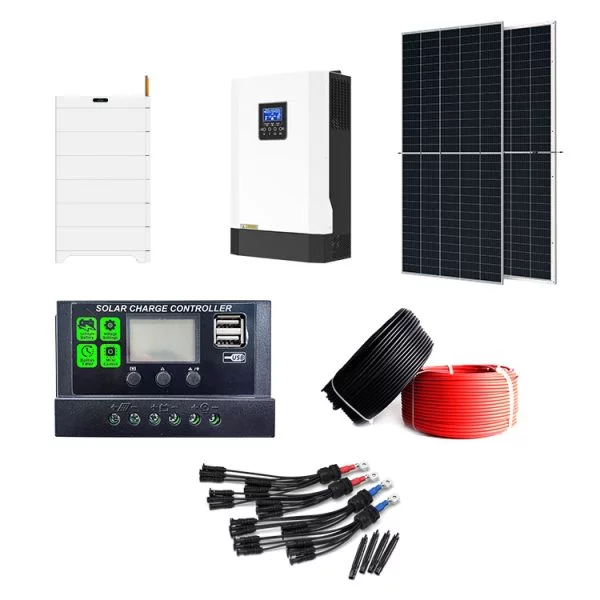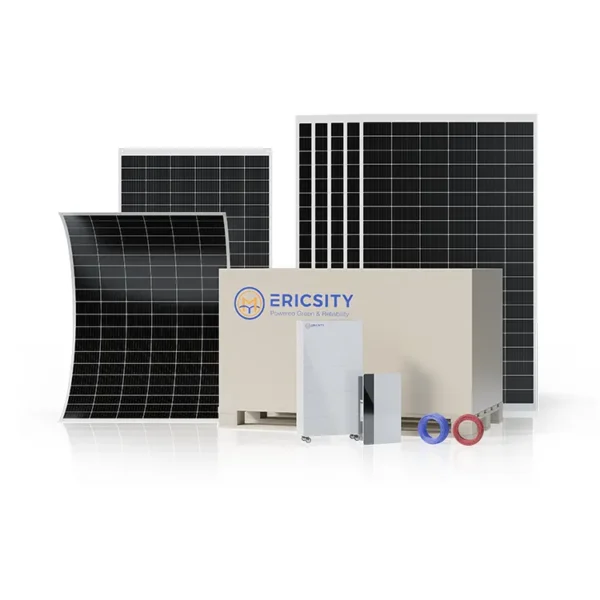HOT PRODUCT
Product Details
amorphous Flexible Solar Panels: A Silent Revolution In Energy
Title: Amorphous Flexible Solar Panels: A Silent Revolution in Energy
Introduction (80 words)
In the quest for renewable energy sources, solar power has emerged as a highly promising solution. While traditional solar panels have their merits, amorphous flexible solar panels are revolutionizing the industry. These cutting-edge photovoltaic devices boast innovative features, such as flexibility, lightweight design, ease of installation, and better energy generation. In this article, we will delve into the technology behind amorphous flexible solar panels and explore their potential to shape the future of energy production.
Understanding Amorphous Flexible Solar Panels (150 words)

Amorphous flexible solar panels, often referred to as thin-film solar cells, utilize advanced technology to convert sunlight into electricity. Unlike crystalline silicon solar panels, which are rigid and require a frame, amorphous solar panels are made from thin layers of semiconductor materials, such as amorphous silicon or cadmium telluride. This unique design grants them flexibility and allows for seamless integration into various surfaces, including curved and uneven ones.

One notable advantage of amorphous flexible solar panels is their higher tolerance to low light conditions. This means they can generate electricity even when partially shaded or in non-ideal lighting situations, making them more efficient and reliable in real-world applications. Additionally, their lightweight nature simplifies the installation process and opens up new possibilities for unconventional placements, such as on vehicles, windows, or even clothing.
Advantages of Amorphous Flexible Solar Panels (200 words)
1. Versatility: Amorphous solar panels offer design flexibility due to their thin-film structure. They can be produced in various shapes and sizes, making them well-suited for curved surfaces, building-integrated photovoltaics (BIPV), and portable electronics.
2. Efficiency in Low Light: Compared to crystalline solar panels, amorphous thin-film panels are more tolerant to low light conditions. This unique characteristic ensures consistent energy generation in real-world scenarios with variable sunlight.
3. Lightweight and Portable: The thin-film composition and lightweight nature of amorphous flexible solar panels allow for easy installation and portability. They can be integrated into structures without additional reinforcement, making them suitable for applications where weight is a concern.
4. Durability and Stability: Amorphous solar panels, when properly manufactured, exhibit good stability and durability. They can withstand bending, torsion, and impact to a certain extent, ensuring their longevity and reliability in diverse environments.
Challenges and Future Developments (150 words)
Although amorphous flexible solar panels offer numerous advantages, they also face challenges that hinder widespread adoption. The efficiency of amorphous solar cells lags behind traditional crystalline silicon cells, limiting their overall power conversion efficiency. However, research and development in innovative materials and fabrication techniques aim to bridge this efficiency gap and improve the technology’s commercial viability.
The future holds promising advancements, such as using flexible perovskite solar cells, which offer higher conversion efficiencies and improved stability. Hybrid approaches, incorporating both amorphous silicon and other emerging thin-film materials, are also being explored.
Conclusion (90 words)
Amorphous flexible solar panels are revolutionizing the renewable energy sector with their lightweight, portable, and versatile design. Their ability to generate electricity from low light conditions and conform to various surfaces opens up an array of applications, from transportation to building-integrated photovoltaics. While challenges remain, ongoing research and development efforts indicate a promising future for this technology. As amorphous flexible solar panels continue to improve in efficiency and cost-effectiveness, they have the potential to contribute significantly to a cleaner and more sustainable energy landscape.




